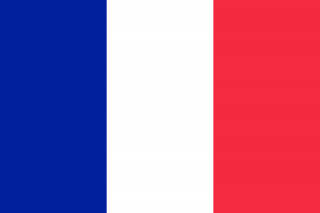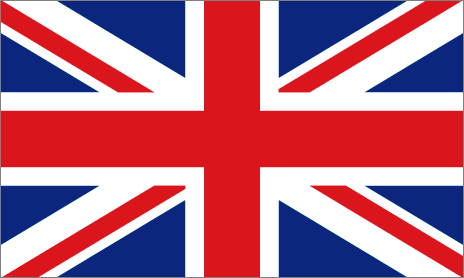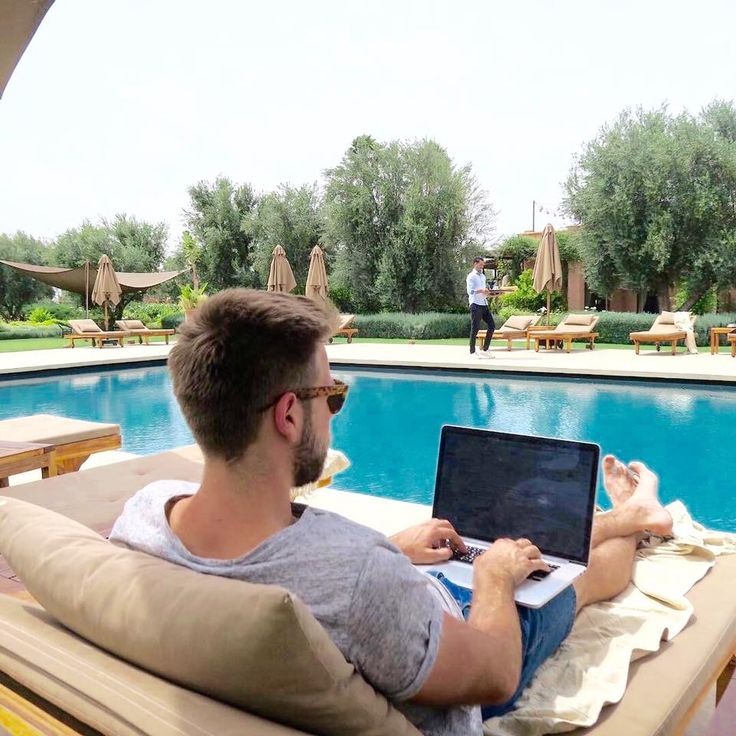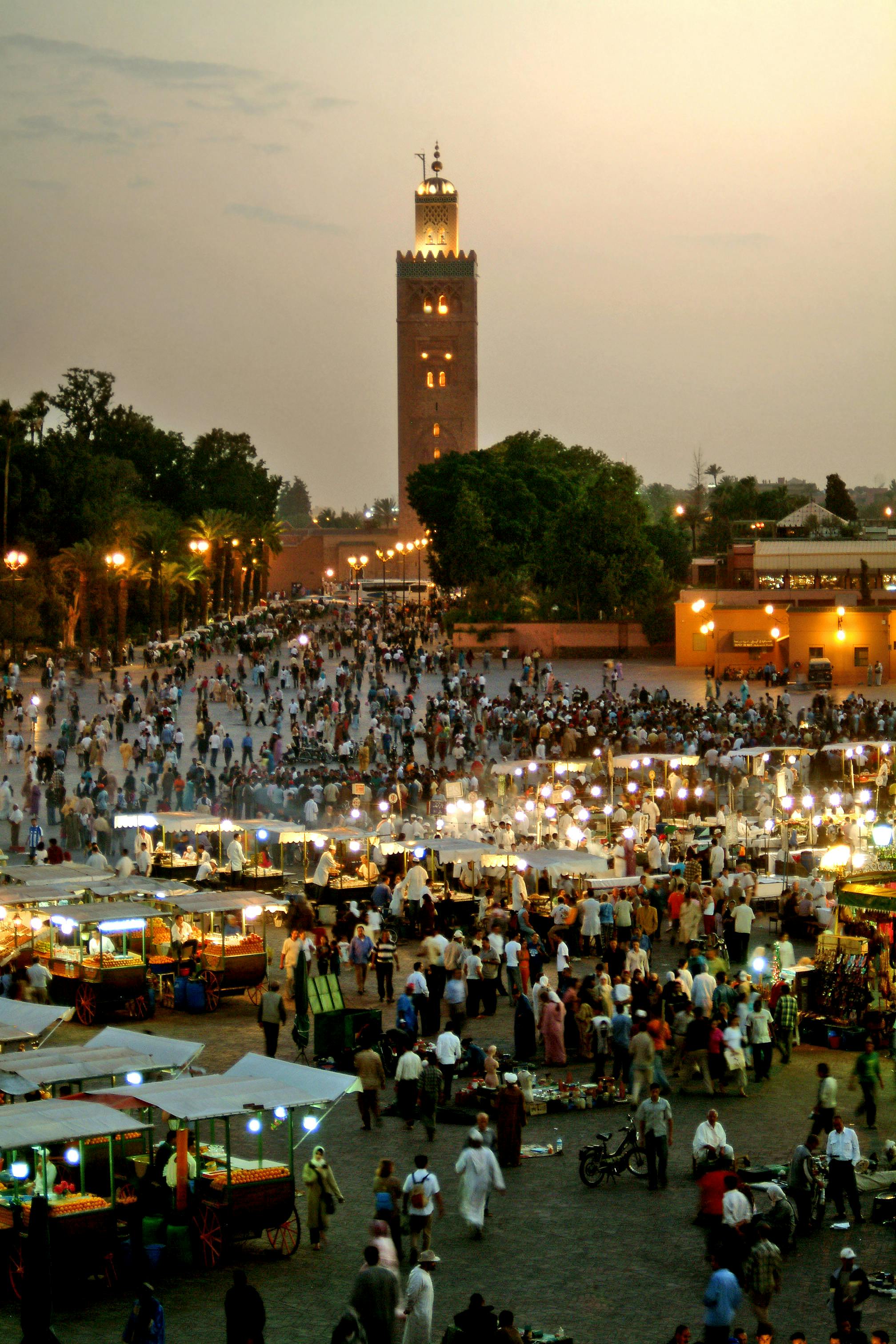The art of Moroccan rugs
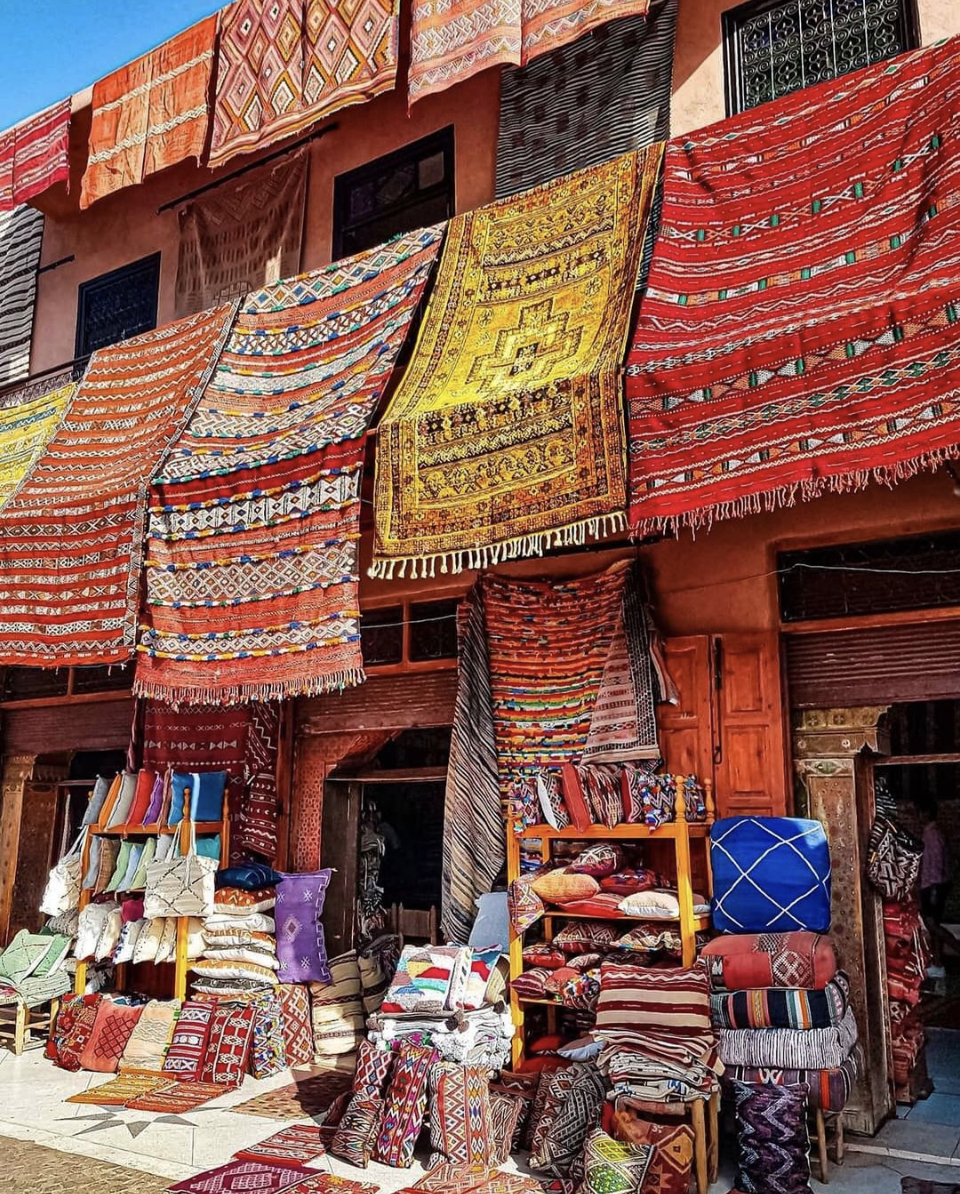
Moroccan rugs, steeped in history and renowned for their exquisite craftsmanship, hold a special place in the world of textiles. These captivating creations, woven with care by skilled artisans, have captured the hearts of people around the globe. With their vibrant colors, intricate designs, and rich symbolism, Moroccan rugs are more than mere floor coverings—they are works of art that tell stories and reflect the cultural heritage of Morocco. In this blog, we will explore the fascinating world of Moroccan rugs, delving into their origins, unique features, and enduring appeal
Moroccan rugs have a long and storied history that dates back centuries. The art of rug weaving was introduced to Morocco by the Berber tribes, who known for their strong sense of community and traditional way of life. For generations, the Berber women have been the custodians of this ancient craft, passing down their skills and techniques from mother to daughter.
These rugs hold deep cultural significance within Moroccan society. They serve not only as functional floor coverings but also as symbolic representations of tribal identity, family history, and religious beliefs. Each rug tells a story, with patterns and motifs that convey messages of protection, fertility, or good fortune. The artistry of Moroccan rugs is rooted in the values, customs, and spirituality of the Berber people, making them a testament to their rich cultural heritage.
One of the most captivating aspects of Moroccan rugs is their distinctive design aesthetic. These rugs are characterized by bold geometric patterns, asymmetrical motifs, and striking color palettes. The designs often incorporate symbols and elements inspired by nature, such as stars, diamonds, waves, and even tribal tattoos. The combination of these elements creates a unique visual language that sets Moroccan rugs apart from other traditional carpet styles.
Another notable feature of Moroccan rugs is their handcrafted nature. Artisans weave these rugs using traditional techniques passed down through generations. The process involves using a wooden loom and natural materials such as wool or camel hair, resulting in durable and high-quality rugs that can withstand the test of time. The organic dyes derived from plants, minerals, and insects contribute to the rugs' vibrant colors and ensure their eco-friendly appeal.
Moroccan rugs have gained global recognition and have become highly sought after by collectors, designers, and homeowners alike. Their timeless appeal lies in their ability to seamlessly blend into various interior styles, from contemporary to bohemian and everything in between. The versatility of Moroccan rugs allows them to act as statement pieces or subtle accents, adding warmth, texture, and cultural depth to any space.
In recent years, Moroccan rug designs have undergone modern adaptations to cater to evolving tastes and trends. While traditional patterns and motifs continue to inspire contemporary rug designs, artisans are also experimenting with new colors, materials, and interpretations. This fusion of tradition and innovation has resulted in a new wave of Moroccan rugs that not only pay homage to their roots but also appeal to a wider audience in today's design landscape.
As the world becomes increasingly connected, it is essential to recognize and support the artisans who carry forward the legacy of Moroccan rug weaving. Initiatives that promote fair trade and sustainable practices ensure that these skilled craftsmen and women can continue their work while preserving their cultural heritage. By investing in a Moroccan rug, you not only bring a piece of art into your home but also contribute to the livelihood of the communities that have nurtured this time-honored tradition.

